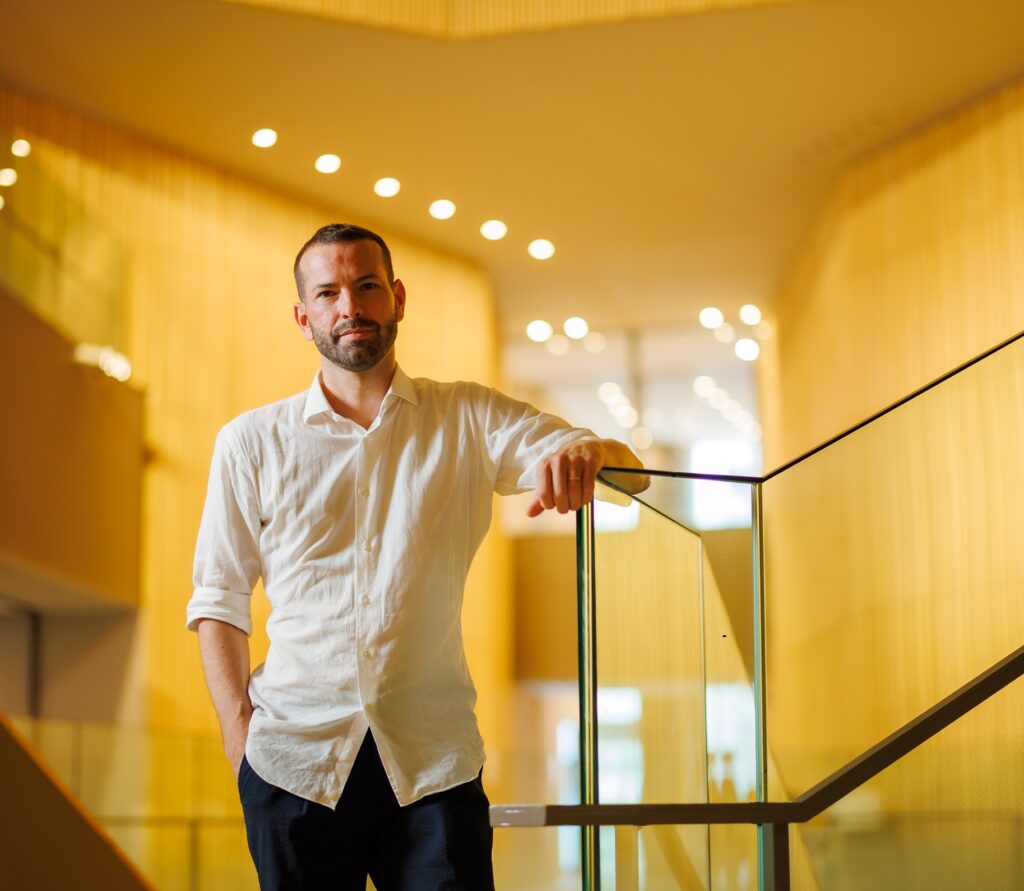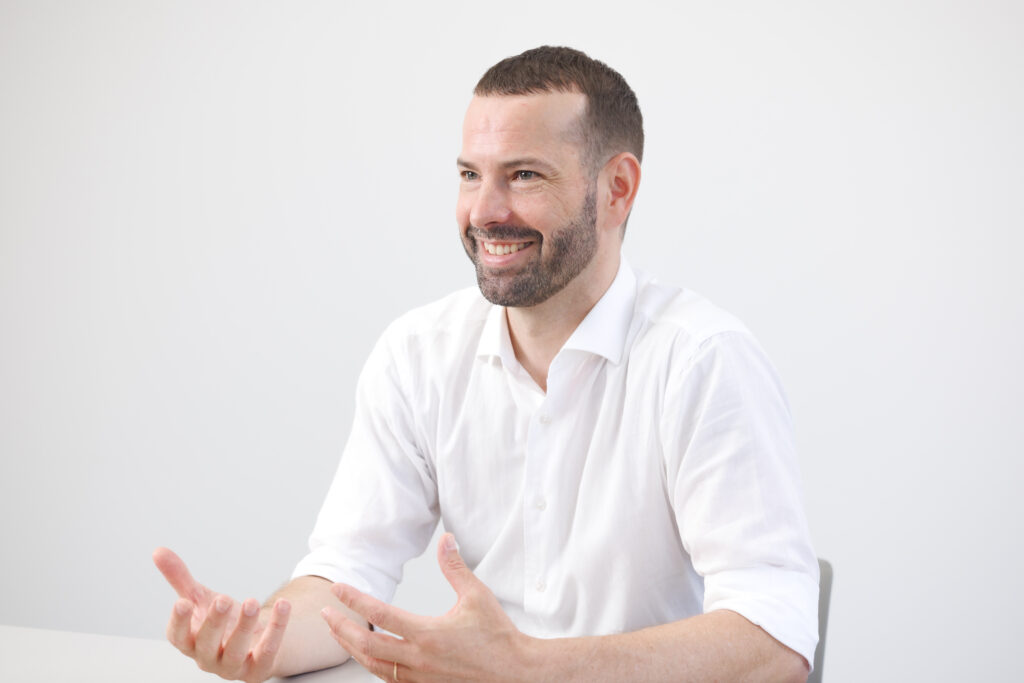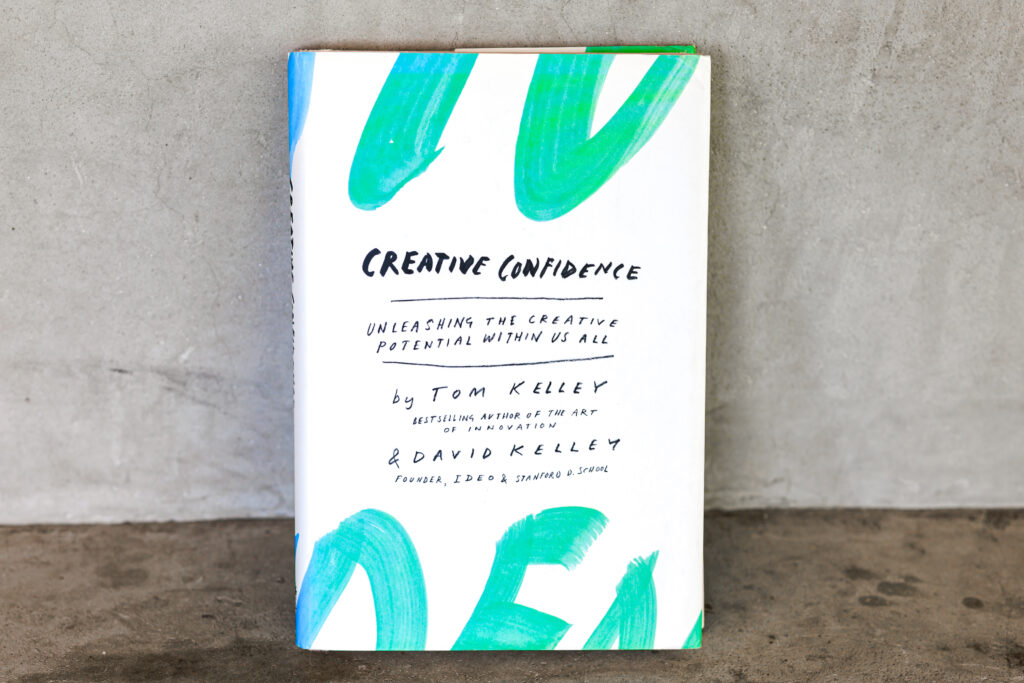
Professor Adam Johns of the Faculty of Economics teaches global marketing and researches place branding and cultural and creative industries. His recent focus is on how Japan and its regional and local governments promote their traditional crafts (Dento Kogei) by reinventing, rebranding, repurposing, and telling new stories about them while simultaneously maintaining their cultural essence and authenticity.
Most recently, my attention on the cultural and creative industries has turned to how countries, regions, or cities utilize the value inherent in these industries to promote both the industry and the place as a whole. To illustrate, Japanese traditional crafts (Dento Kogei) have been experiencing a decades-long decline. Amidst this backdrop, many primary stakeholders – including the artists and artisans (Shokunin) and merchants (Tonya) – have sought ways to innovate. New players have moved in hoping to connect these traditional providers to international designers and help them to find overseas markets; governments at all levels have been seeking ways to promote these industries to international audiences and drive growth of their local economies.
Although kogei crafts – including lacquerware, ceramics, and dyed and woven textiles – have played an essential role in Japan’s identity and history, many are in danger of disappearing. For these crafts to continue to be a living part of culture rather than preserved in a museum, they need to both be reinterpreted for contemporary Japanese audiences and rebranded and even reinvented for global markets. I think that it’s vital to find ways to resonate particularly with young people in Japan as well as speaking to a global audience as well. The question though, is whether to achieve this through product innovation or through engaging storytelling.
Exploring stories and understanding reality essential for research

My research examines not only individuals spearheading these projects of reinvention and rebranding, but also the linkages between these industries and their place of origin. This can have important implications for both tying these craft to “place branding” efforts to promote the region, and to understand what aspects of production and the “ethos” of the craft are critical to its existence. Can it tell an authentic and engaging story about where it’s from and its place in the world? And throughout its reinvention, what does it need to hold onto that makes it unique and authentic, while remaining relevant so that it can continue to exist for another hundred years?
As a part of this research, I often interview project managers, artisans, public servants, and buyers to get a sense of their priorities and capabilities, and to analyze gaps between supply and demand. Comparative analysis between firms, sectors, and regions can help to benchmark and propose best practices, provided you can also develop data on outcomes – that is, the relative success of different projects.
Particularly when conducting qualitative research that delves into the stories of each region, company, and individual, it’s important to stay objective. When meeting the directors or artists of traditional crafts firsthand, I can sense their passion and artistry but also the frustrations and struggles of their journey. As a consultant I might be looking to weave these tales into an iconic and authentic brand story, but as a researcher, triangulating evidence and understanding context is critical. Stories can help us to interpret, remember, and relate to brands, but it’s crucial for a researcher to seek to understand the actual nature of a situation if we hope to be able to better inform development of more beneficial policy, realistic strategy, and sound decision-making.
The endless journey of discovery
Learning is always discovering. Whether you are amid your daily commute or alighting in a new country for the first time, keeping your eyes open to new experiences can uncover stories hidden in plain sight. Don’t let boredom (or a lack of courage) allow you to switch off or disengage, and you might be surprised at what you discover, and at how small differences you make can impact those around you.
I started my own journey of discovery by joining a short study program to Japan as an undergraduate from my home university in Australia. While I have always gravitated to cultural and creative industries, being open to new paths of inquiry have seen my interests evolve from production itself to international business and marketing, policy, and research.
Looking forward, I plan to conduct more collaborative research with colleagues overseas. Fresh insights and comparative perspectives from other countries are critical. While there is much that is unique about Japan, it’s also important not just to look for new ideas locally, but to seek both unique stories and universalities from across the globe.
The book I recommend
“Creative Confidence: Unleashing the Creative Potential within Us All”
by Tom Kelley and David Kelley, HarperCollins Publishers

This book encourages people to discover how we can unlock our creativity and how we can explore by pushing ourselves in order to – borrowing a phrase from the book – “make a dent in the universe.” What impact can we make in such a big world? We don’t have to make a massive change. We need only to make a little dent. That is our contribution.
-
Adam Johns
- Professor
Department of Management
Faculty of Economics
- Professor
-
Adam Johns received his B.A. in Media Studies and B.B. (Hons) in International Business from Queensland University of Technology, M.A. in Commerce from Waseda University, and Ph.D. in Public Policy from the Australian National University. After working as assistant professor at Rikkyo University and as associate professor at Doshisha Business School, Johns has researched and taught at Sophia University since 2018.
- Department of Management
Interviewed: July 2022